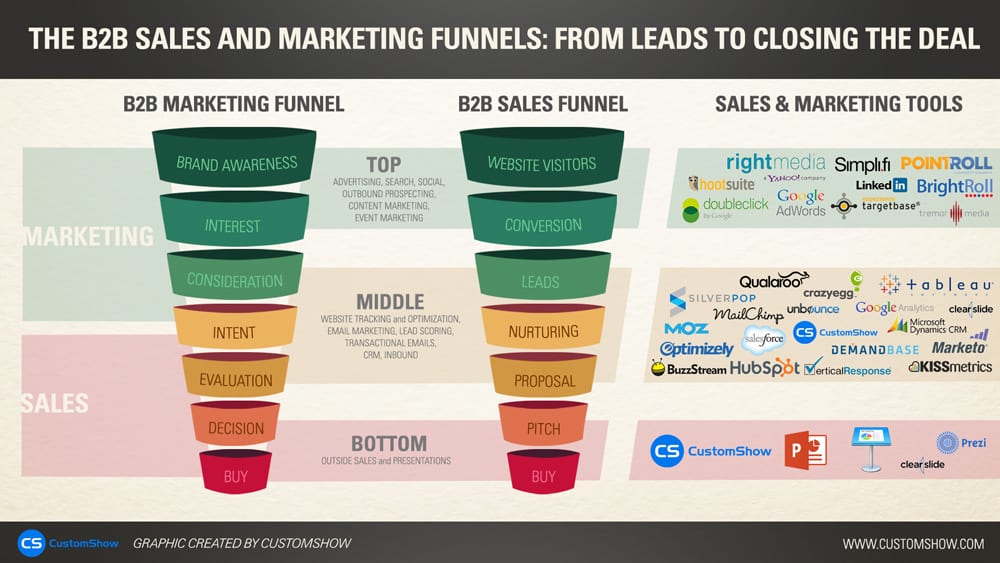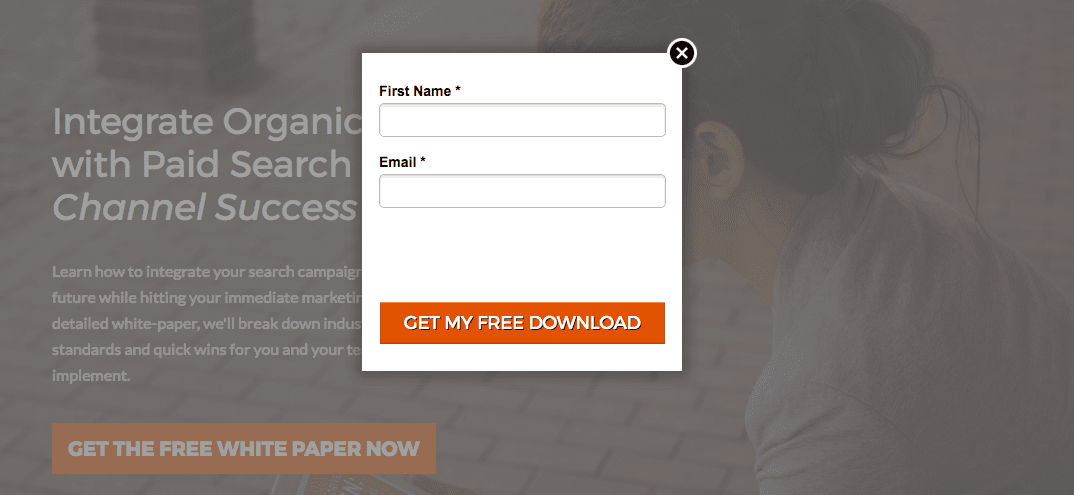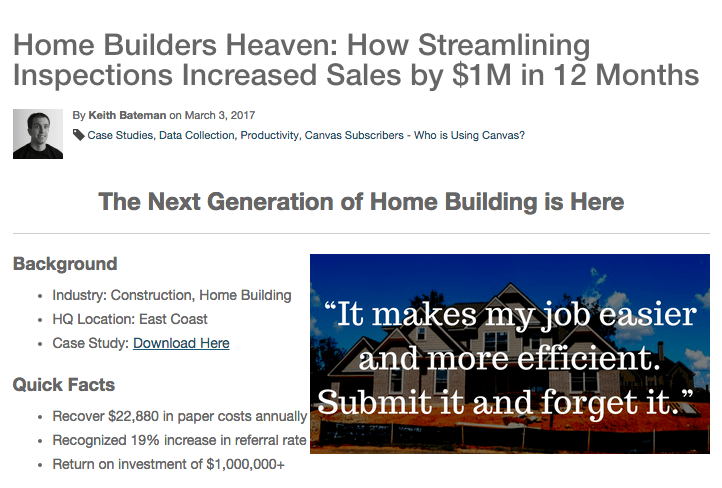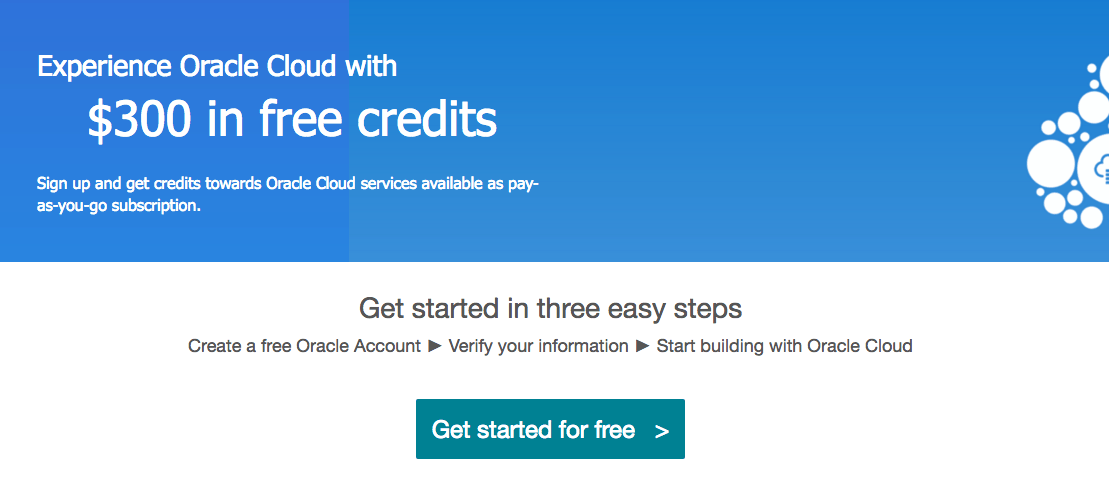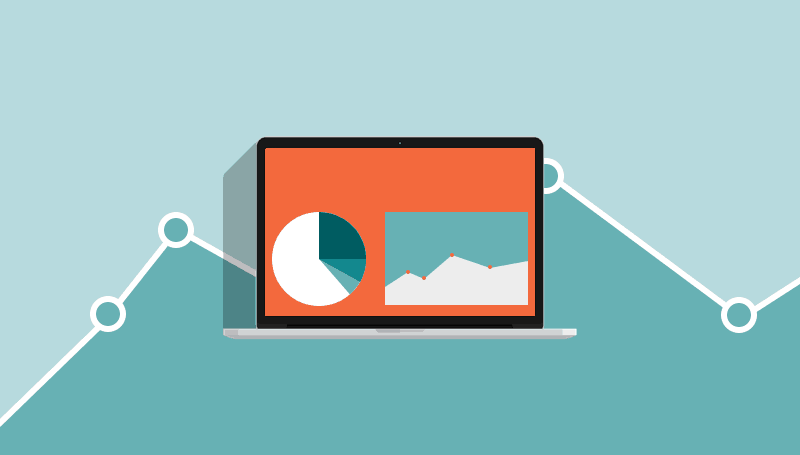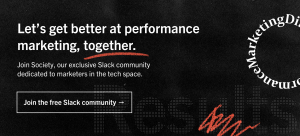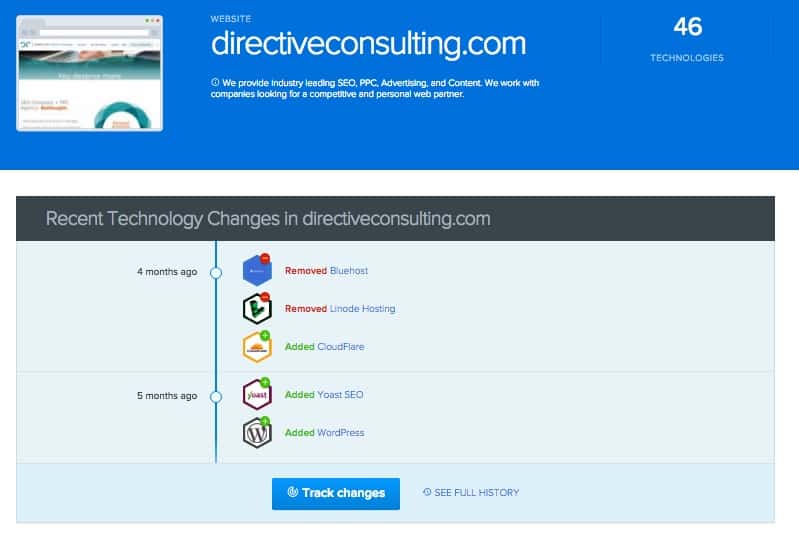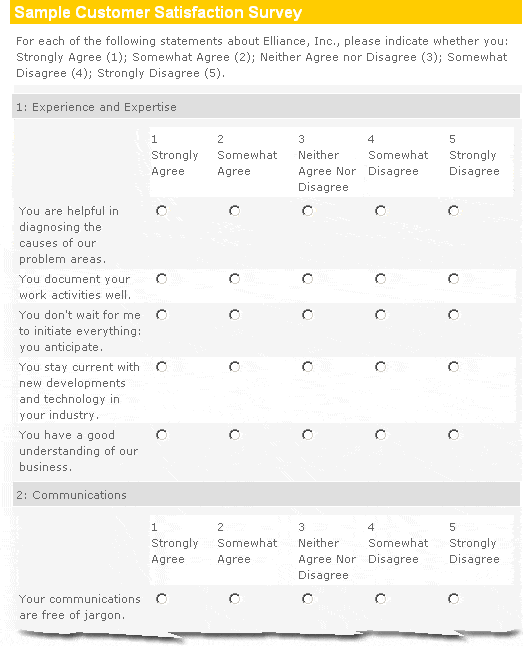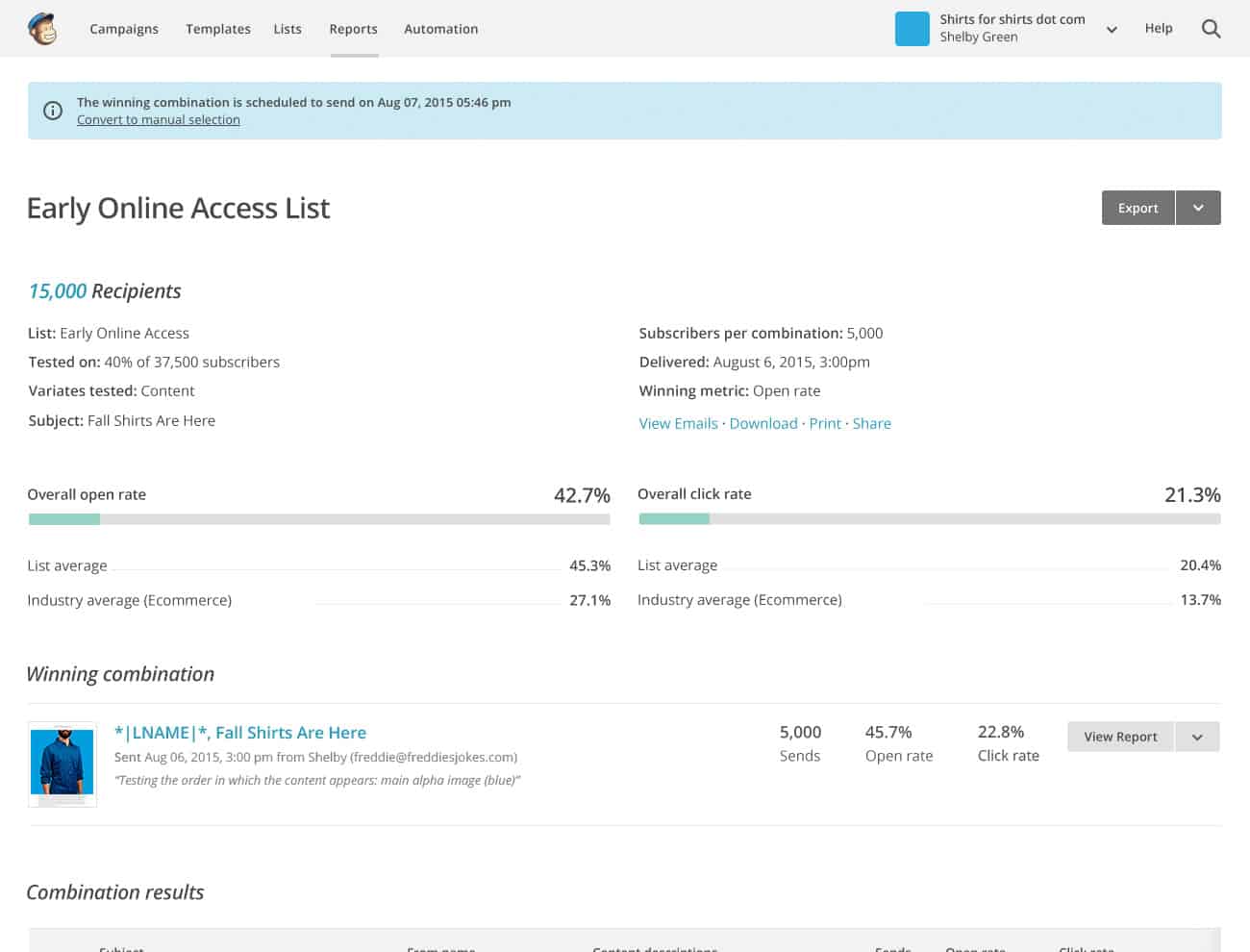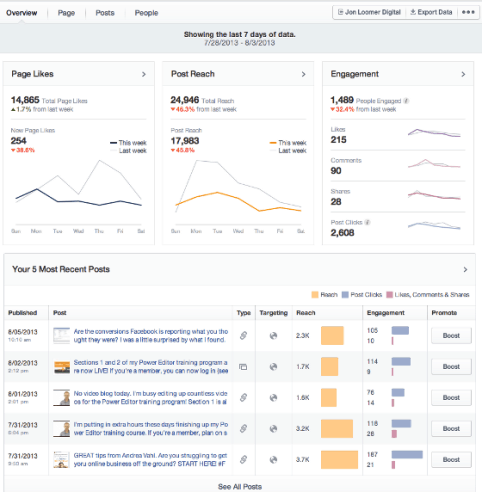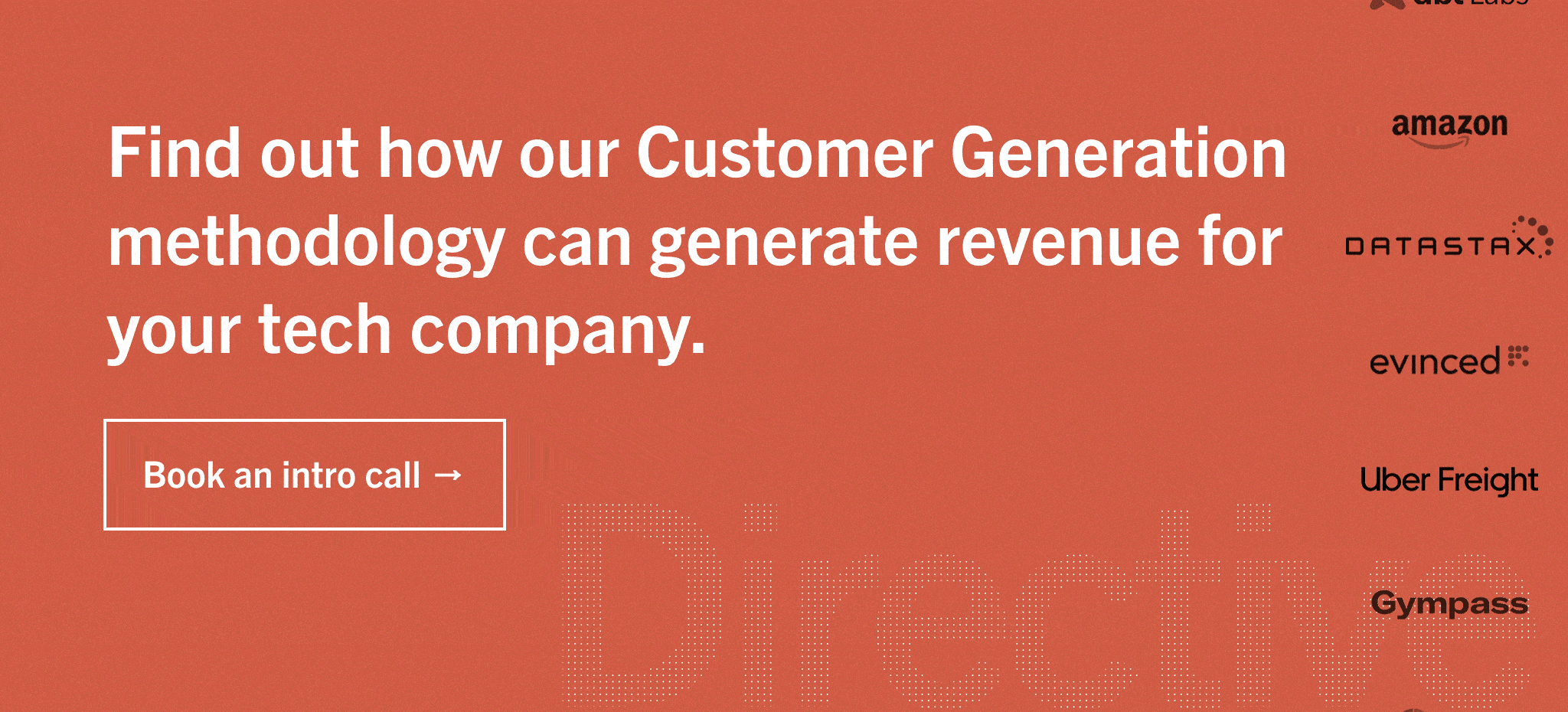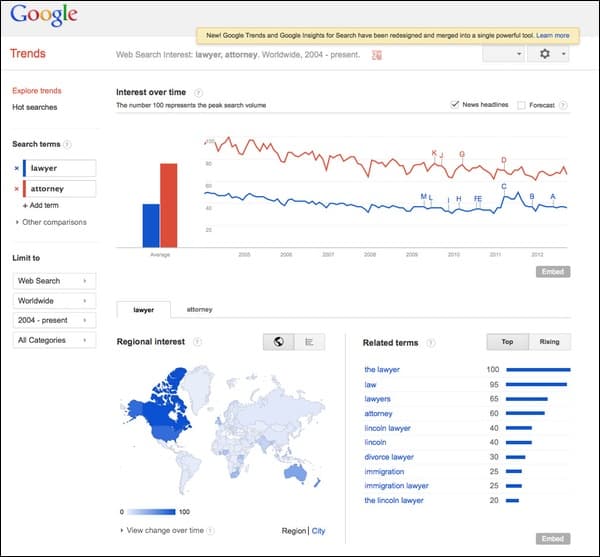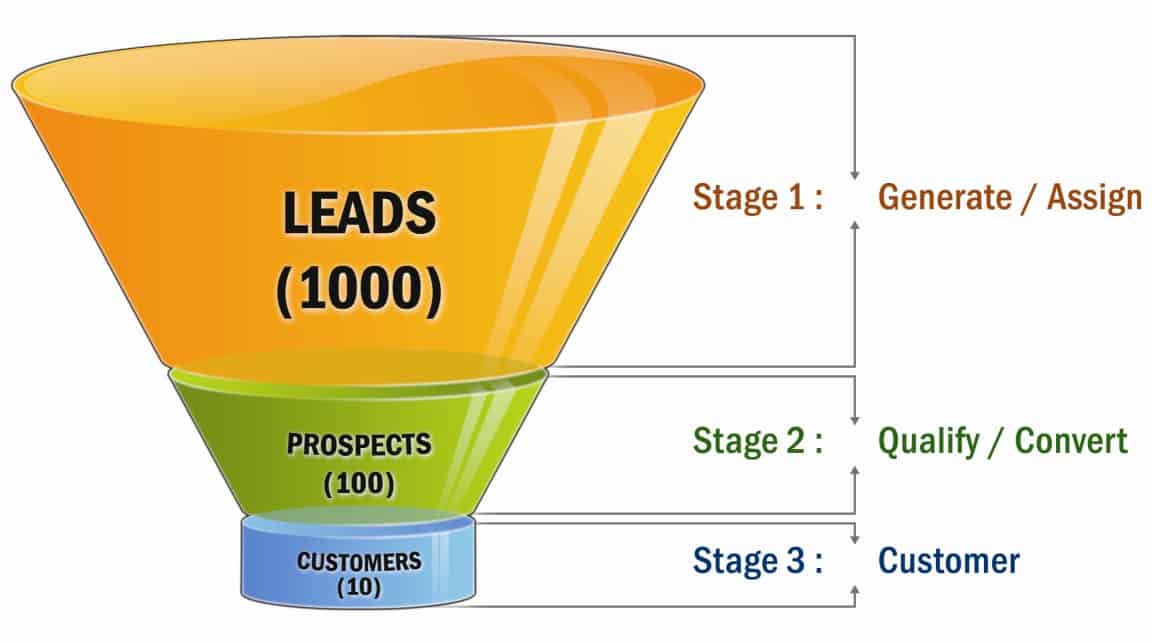There is never-ending competition in the B2B industry.
You’re probably up against dozens of companies that provide the same product or service as you. In your campaigns, you’re saying the same things and providing similar solutions. You’re spending tons of money to target your leads but can’t seem to differentiate yourself with your messaging.
As a B2B marketer, you constantly have to cut through the noise to reach those high-value buyers and ensure the success of your company.
One tactic that can help you stand out from other businesses is to utilize influencer marketing in your campaigns.
What is influencer marketing?
Influencer marketing is tapping into the power of influencers in your niche to boost your campaigns. Perhaps you pay these influencers to talk about your brand. Or maybe your publish such outstanding content it compels them to share it.
These influencers are leaders in your niche who have a proven track record among their large base of followers. People are familiar with and trust them for this reason, and will listen to what they have to say. If they say jump, their followers will jump.
How effective is influencer marketing?
Influencer marketing is the chosen course of action for many B2B companies in 2017 because it is effective. According to statistics from Influencer Orchestration Network, for every $1 that businesses spend on influencer marketing, $6.50 is made in return. More than 80% of marketers report that influencer marketing campaigns drive engagement and awareness and 75% of marketers say that influencer marketing is great for generating leads.
Now, let’s take a look at some of the ways you can use influencer marketing in your B2B campaigns to increase your leads and generate more revenue
Tactic #1: Get them to retweet you
Twitter is one of the best platforms for B2B and influencer marketing. Sixty-eight percent of communications professionals say that Twitter is the key channel for influencer engagement campaigns, after all. Plus, 87% of B2B marketers use Twitter to promote their content, and they rate Twitter as the second most effective social media website.
There are various methods for getting retweeted by influencers. First and foremost, make sure you follow them and engage with them on a regular basis. This means that you retweet them, promote their content, and like and reply to their tweets. Show them that you are interested in what they have to say and you want to help spread the word about what they are doing. If they follow you back and you post something that is relevant to them, they will be likely to retweet you.
Another strategy is to collaborate with them on content and then tag them in your post when you tweet out said content. The goal is to gain some of their followers who will be interested in your products and services.
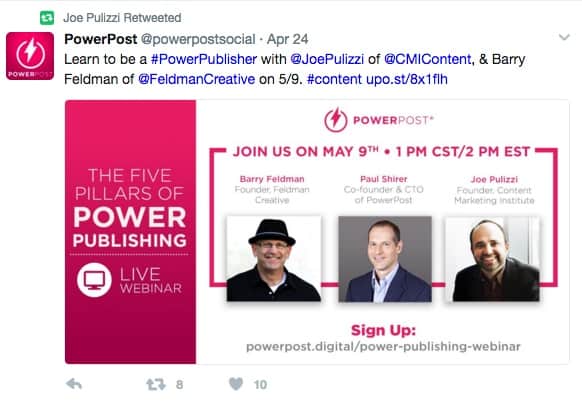
Tactic #2: Ask them to write a testimonial
Testimonials are crucial to the success of your B2B company. According to Boast, 89% of marketers say that customer testimonials are one of the most effective content marketing tactics, and 85% of customers report they will read up to 10 reviews before they can trust a business.
If influencers have used your products or services, ask them to write testimonials about how their experiences were. Display their quotes on your website, specifically your landing and service pages, and complement their testimonials with case studies you have that highlight how you worked with them. If leads are hesitant about converting, written testimonials from influencers will give them that extra push they need to take a chance on you.
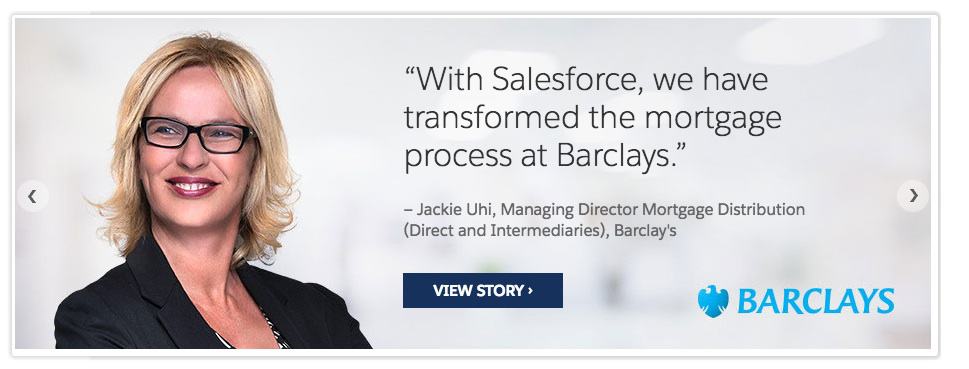
Tactic #3: Ask them to give you a video testimonial
People trust video testimonials even more than written testimonials. Why? Because they can see customers faces’ and hear their experiences from them personally. One study from WebDam found that videos that appear on landing pages will increase conversions by a whopping 86 percent.
In your influencer marketing campaigns, reach out to your influential customers and see if they’d be willing to give an on-camera testimonial about your products and services. Then, post the video on your landing page, services page, YouTube channel, and social media platforms
Tactic #4: Get them to promote a blog post
Content marketing is the backbone of many marketing campaigns nowadays. Making sure your content engages with your target audience can be a huge ranking factor. Ensuring your content promotion is relevant can grow your pipeline, broaden your funnel, and grow your brand authority. Nowadays, B2B buyers are relying on content to research products and services they consider purchasing. According to Demand Gen Report, 51% of buyers will research content before making a purchasing decision. While 47% will view three to five pieces of content before they connect with a sales representative.
When you create a blog post, you have to promote it on B2B marketing platforms like Twitter, LinkedIn, and industry-specific forums. Aside from actively distributing it and hoping that influencers notice enough to repost it, you should also include them in your blog. This might mean you write a post that’s comprised of a list of industry predictions from influencers, or you do a one-on-one interview with an influencer. Be creative about it and once your blog goes live, make sure the influencer has actually followed through with distribution.
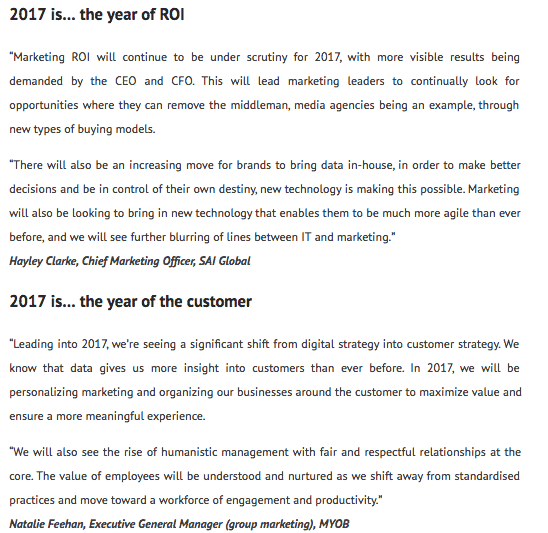
Tactic #5: Collaborate with them on a video
In 2016, 62% of B2B marketers said that video was an effective content marketing tactic. This year, video content will represent 74% of all the traffic on the internet.
Video is dominating marketing, and this is not going to change anytime soon. In fact, by 2019, 80% of all the internet traffic will come from videos.
In your influencer marketing campaigns, you should create videos that include influencers. You could conduct interviews with influencers or quote them in your videos. Then, once the videos are online, you can post them on your promotional channels and ask them to share the videos on their platforms as well
Tactic #6: Ask them to be a guest on your webinar
Webinars are one of the most popular platforms for B2B marketing. According to eMarketer, two-thirds of B2B marketers say that producing webinars is an effective content marketing tactic. Also, it’s ranked the second most effective tactic right behind videos. In 2014, 62% of B2B marketers utilized webinars in their lead nurture campaigns.
When you hold a webinar, you need to find ways to incorporate influencer marketing. A few ideas include holding live events and inviting influencers to give seminars and presentations and interviewing influencers as well as quoting their findings and research on your webinar. You could also promote influencers’ products and services as a way to plug and flatter them.
Tactic #7: Guest post on their blog
Guest posting on influencers’ blogs is going to expand your reach as well as contribute to your search engine optimization ranking. You’ll be able to broaden the visibility of your content for more clicks and reads. You’ll also be able to generate more social engagements to improve those rankings. But, most of all, leveraging social influencers is a great way to build your brand’s authority. Today, users trust the thought leaders they find themselves. You will tap into the influencers’ reader base, have the opportunity to demonstrate your thought leadership, and likely be able to promote your business in your biography at the end of the post.
In your guest post, you should touch upon industry pain points and how to solve them. Don’t be overly promotional, because your post will likely get rejected. Simply walk the readers through the problem they are facing and a valuable solution.
Include legitimate links from trusted resources to back up your solutions, and ask the influencer if you can include a call to action to check out your website at the end of the blog. Make sure you link to your company’s landing page or services page in your bio as well and follow all the best practices and editorial guidelines that the influencers send you.
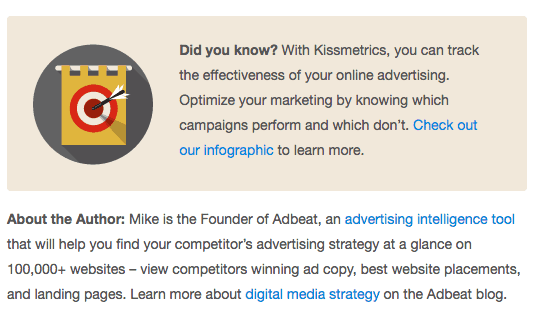 Tactic #8: Pay them to create content for you
Tactic #8: Pay them to create content for you
If organic opportunities are not proving to be effective, or you want to guarantee participation from an influencer, pay them to work with you. Perhaps you have a blog and want them to guest post or you’d like your product or service to be featured on their Twitter feed.
The top influencers are too busy to work for free, so they will request a fee for their promotional efforts. Though it may be pricey – celebrities like Kim Kardashian charge $10,000 per tweet for instance – the payoff will be that you increase your follower base immensely and stand to collect a ton of leads.
When you pay influencers, you have to ensure that the promotions and content they come up with seem genuine. Their guest posts should have real value and they need to seem honest in their testimonials. If they are simply telling people to buy your product or service without showing how it’s helped them and how it will help your customers, then nobody is going to show interest in your company. Always make sure they keep it real.
Getting started with influencer marketing
Your B2B buyers are constantly inundated with information and offers from other B2B companies. As more B2B marketers tap into the power of content marketing, you are going to need to use influencer marketing to get your message across.
Whether you’re doing organic reach or paid influencer marketing, strive to create unique and valuable content and marketing messages that will demonstrate why you are different from your competitors. It’s what is going to connect with B2B buyers and ensure they get started in your B2B sales funnel.


